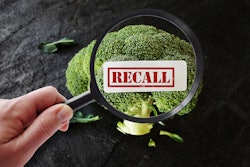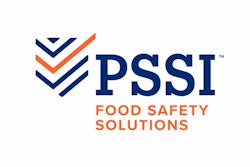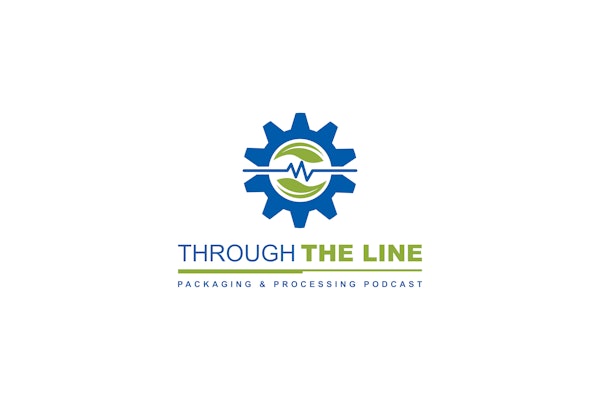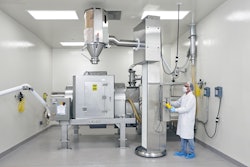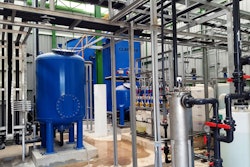Quick hits:
- Products containing physical contaminants is the second most common reason for recalls.
- Mettler Toledo’s 6-step process goes beyond an immediate solution with future-proofing and digitalization.
- AIB discusses food safety concerns that are prominent causes for companies failing food safety inspections.
- Global Food Safety Initiative auditors will be looking for these attributes:
- Evidence of a plan with objectives and targets around food safety culture, and evidence of the site completing the activities in its action plan.
- Senior management’s commitment and leadership that enable the development and continuous improvement of the culture
- Management of communication related to food safety behaviors and programs
- Performance measurement on food safety-related activities
Related to this episode:
- Food Safety Methodology to Prevent Recalls
- From Pest Control to “Roof Diapers,” Food Safety for DC and Warehouse
- FDA Reveals Progress of New Era of Smarter Food Safety Blueprint
- Pushing Change to Keep Workers Safe, Plants Running
- Gain an in-depth look at PMMI's research on automation and hear from experts on industry topics by visiting PMMI's Business Intelligence video library.
 | Read the transcript below: |
Joyce Fassl: I’m Joyce Fassl, Senior Executive Editor of ProFood World, with a Take Five with ProFood World report on how food manufacturers should build a food safety culture.
You may recall The Three Musketeers’ famous mantra: “All for one, and one for all, united we stand, divided we fall.”
The same philosophy can be applied to building a food safety culture. Unless your facility has buy-in from all staff levels, you may have a tough time getting your food safety culture program off the drawing board.
The four core elements of FDA’s current food safety strategy are:
- Tech-enabled traceability
- Smarter tools and approaches for prevention and outbreak response
- New business models and retail modernization
- The requirement for manufacturers to build a food safety culture.
It’s important to know what a GFSI, or Global Food Safety Initiative auditor, will look for. According to Liliana Casal-Wardle, senior director for food safety and supply chain risk management at The Acheson Group, auditors will be looking for
- Evidence of a plan with objectives and targets around food safety culture, and evidence of the site completing the activities in its action plan.
- Senior management’s commitment and leadership that enable the development and continuous improvement of the culture
- Management of communication related to food safety behaviors and programs
- Empowerment of the workforce through education and training
- Feedback from employees through interviews across all levels of personnel on an informal basis
- Performance measurement on food safety-related activities
- Evidence of a plan with objectives, and evidence of the site completing the activities in its action plan
- Rewards and recognition of employees
Empowering your people is key. Everyone on staff, at all company levels, must understand the role they play in making food safety a top priority. You can learn more about how companies like Ken’s Foods, Conagra Brands, and other food manufacturers are building their food safety culture at this link.
Please stay tuned for a special report on more food safety insights from ProFood World’s Contributing Editor Melissa Griffen.
Melissa Griffen: Hi, I’m Melissa Griffen, Contributing Editor for ProFood World magazine. Ensuring safe products and preventing recalls are essential for food manufacturers.
A recent webinar from Mettler Toledo provides a six-step process for controlling food quality and preventing recalls due to products containing physical contaminants. Physical contaminants, or foreign bodies, include: ferrous and nonferrous metals, glass, dense plastic, calcified bone, and mineral stone.
The steps start with understanding how contamination can occur inside your facility, and then, go into identifying areas of weakness on the line through the use of HACCP and HARPC audits. The next step is putting defense mechanisms in place with the appropriate contamination detection technologies—namely metal detection and X-ray inspection. Further steps include future-proofing detection technology and utilizing digitalization to improve food traceability, serialization, and to facilitate remote control systems.
In another webinar released this spring, AIB International discusses good manufacturing practices for distribution centers and warehouses. This webinar focuses on areas that tend to get overlooked or are commonly taken care of improperly, often resulting in a building being considered unsafe.
These areas include: pest control—from rodents, to birds, to cats—and unkept pest-citing logs. Other areas include floor-wall junctions; leaking problems from ceilings and overheads; and holes, cracks, and crevices in floors. Doors being left open and unsealed; dust gathering in the non-product zone; and food and non-food products being stored next to each other are also common problems. Further areas of concern are workers bending policies around food and beverage consumption within the facility and using improper cleaning materials to take care of pest problems.
For more information on these food safety methodologies, check out the full articles at this link.
See you next time on Take Five with ProFood World.



